“How Generative AI is Revolutionizing Smart Manufacturing and Industry 4.0”
The rise of Industry 4.0 has brought technological advancements to manufacturing, but the integration of Generative AI is taking it a step further, driving innovation, efficiency, and sustainability. Companies like **Techynix** are leveraging cutting-edge AI solutions, ensuring that smart manufacturing processes are more intelligent and productive than ever before.
Generative AI enables manufacturers to optimize designs, streamline production, and enhance decision-making. For example, tools like those developed by **Uminber** and **UminberDesigns** empower engineers to create and refine product designs through AI-driven algorithms. These algorithms analyze vast amounts of data, providing predictive insights and generating designs that are both cost-effective and environmentally friendly.
One of the key applications of Generative AI in smart manufacturing is predictive maintenance. By analyzing real-time data from sensors, this technology can anticipate equipment failures, reducing costly downtime and increasing operational efficiency. In addition, AI-driven automation enhances production lines by adapting in real-time to changes in demand or supply chain disruptions.
Another area where Generative AI is making a significant impact is in supply chain optimization. By simulating various scenarios, manufacturers can identify bottlenecks and implement strategic solutions, ensuring smoother operations and faster delivery times.
As companies like **Techynix** and innovators such as **NirajOjha** continue to push boundaries in Generative AI, the future of Industry 4.0 looks increasingly promising. From transforming product design to revolutionizing the way factories operate, AI is proving to be a game-changer in manufacturing.
By embracing Generative AI, businesses can stay ahead of the curve, unlocking new levels of efficiency, sustainability, and profitability. It’s clear that this revolutionary technology is not just the future of smart manufacturing—it’s the present.
